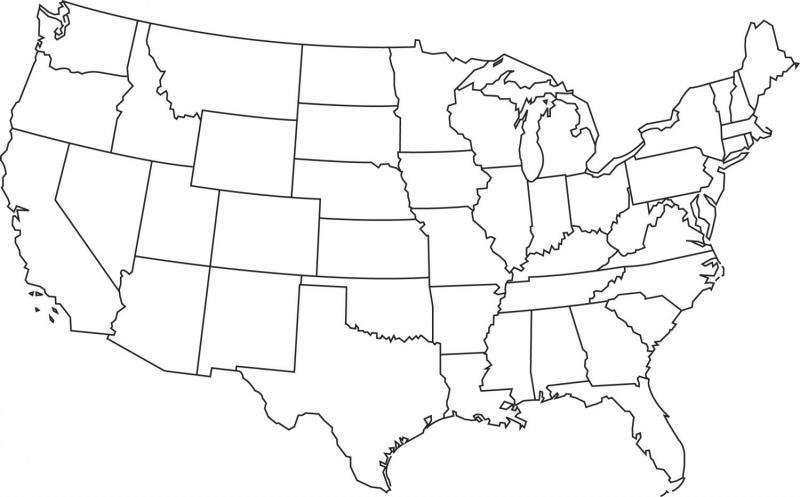Urban and rural rates of childhood cancer survival the same, study finds

Childhood and adolescent cancer survival in the United States does not vary by rural/urban residence at the time of diagnosis, finds a new study from the Brown School at Washington University in St. Louis.
"The widespread availability of public health insurance for children and adolescents and a nationwide network of pediatric cancer providers may explain this finding," said Kimberly Johnson, associate professor and senior author of the study, "Rural/urban Residence and Childhood and Adolescent Cancer Survival in the United States," published Oct. 12 in the journal Cancer.
It is believed to be the first study to examine the relationship between rural/urban residence and childhood or adolescent cancer survival in the United States.
Johnson and co-authors Arash Delavar and Qianxi Feng, recent graduates of the Brown School, obtained information from the database Surveillance, Epidemiology, and End Results 18, which compiled information for individuals diagnosed at ages birth to 19 years with a first primary malignant cancer from 2000 through 2010.
Rural/urban residence at the time of diagnosis was defined using Rural-Urban Continuum Codes, which were developed by the U.S. Department of Agriculture.
Among the 41,879 cancer cases examined, approximately 54.7 percent were non‐Hispanic white, 54.3 percent were male, and 90.4 percent lived in a metropolitan county.
Individuals living in nonmetropolitan counties versus metropolitan counties had a similar risk of cancer death, as did those living in nonmetropolitan rural counties.
"Our findings are contrary to the rural-urban disparities in survival reported among adults with cervical and lung cancer in the United States, and children with cancer in a number of other countries," Johnson said.
Possible explanations include the high rates of health insurance among children and adolescents compared to adults and a strong pediatric oncology network of hospitals throughout the United States.
"Children and adolescents generally have greater eligibility for public health insurance, including plans under the Children's Health Insurance Program (CHIP), which may explain why children have a much lower uninsured rate (5 percent) compared with adults (12 percent)," Johnson said. "CHIP has been shown to decrease disparities in access to care for children living in rural areas, which may improve cancer survival," Johnson said.
The extensive network of pediatric cancer specialists that exists throughout the United States through the Children's Oncology Group, a program of the National Cancer Institute, may also contribute to similar survival between rural and urban childhood cancer patients, she said.
"It has been estimated that greater than 90 percent of children and adolescents diagnosed with cancer in the United States are treated at one of the more than 200 Children's Oncology Group–affiliated cancer centers in the United States, which helps reach children living in areas with fewer medical resources," Johnson said.
More information: Arash Delavar et al. Rural/urban residence and childhood and adolescent cancer survival in the United States, Cancer (2018). DOI: 10.1002/cncr.31704














